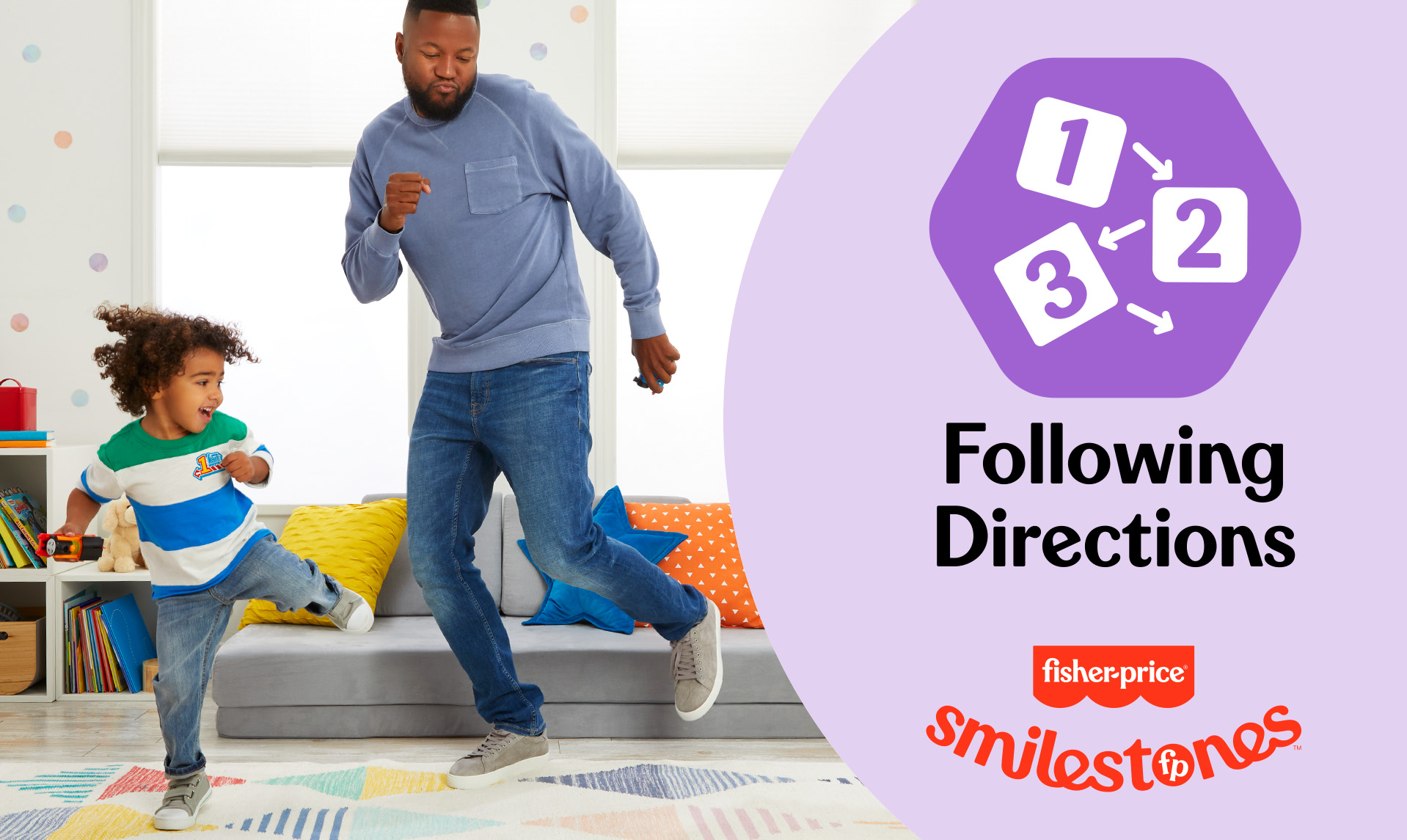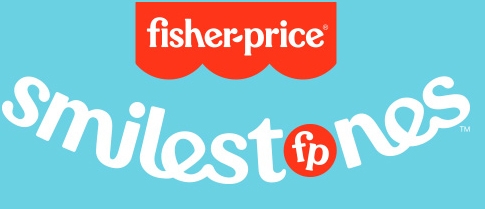The Ins and Outs of Getting Your Child to Follow Directions
July 21, 2023

Are you frustrated because your preschooler isn’t following directions?
It may feel intentional and personal but, as a child development expert, I’m here to assure you that’s often not the case.
It helps to remember that following directions isn’t as natural for preschoolers as it is for grown-ups. Following directions requires little minds to take several big steps: They need to understand what is being asked, remember it, and then figure out how to follow through on it. There are so many big and small directions given to them throughout a day… it can get overwhelming!
This is where you can help them. Remember that following directions is just one more building block of your child’s overall development. With a little time, simple strategies (and lots of practice) they’ll be following along before you know it!

Why is following directions so important?
We all follow directions every day. It’s how we stay safe, learn new things, and go about our day-to-day activities. Here are some ways that following directions can be relevant for a preschooler:
Staying Safe
Following directions helps children stay safe by keeping them out of harm’s way, such as in a parking lot, around a swimming pool, in a store, etc.
School Readiness
Schools are filled with new expectations for little ones that might be different from what they’re used to at home. “What do you mean we have to wait for lunch to eat our snacks?!”
Self-Confidence & Independence
Following directions can help build self-confidence and independence as your child starts to remember the directions on their own and starts trying things by themselves, like brushing their teeth, getting dressed, etc.

How to get your preschooler on the path to following directions: the basics
Here are some simple tips to set your child up for success:

1. Get on their level.
Get down to your child’s eye level and try to limit competing distractions, like holding the toy they are playing with until you’re done giving directions. Ask them to do something silly first, like, “Rub your tummy if you can hear me!” and then follow up with, “Great! Now let’s wash our hands to get rid of our germs from playing before snack.”

2. Give specific, bite-sized directions.
“Go clean your room” can be vague and overwhelming. Be specific; break things down: “Put the blocks in the purple bin.” This makes larger tasks feel more manageable and gives you a chance to acknowledge your child’s listening skills more often.

3. Take things slow.
Give directions slowly so your kiddo has a chance to process what is being asked, and then give them time to follow those directions. Resist the urge to jump in and do things for them or repeat yourself a bunch. Try to plan extra time for them to do things so you aren’t stressed waiting for them to find that coat.

4. Acknowledge when they follow directions (and when they don’t).
Preschoolers love praise! When they follow directions say, “I see how quickly you put your toys away and washed your hands! Now you’re ready for dinner!” If your kiddo isn’t listening, try explaining why the direction they are being given is important, such as how getting germs off your hands before eating keeps you healthy.
Surprising tips on how to get your child to follow directions
Here are some different strategies to use:


A timeline on how kids learn how to follow directions
Below is a general guide for what to expect from your preschooler. All kids develop on their own schedule, but if you have concerns about your child’s development, please reach out to your pediatrician.

7-12 months old
- Responds to simple requests with gestures (e.g. caregiver points to button to push).
- Follows a 1-step simple direction with gesture and verbal cue (e.g., caregiver points to a cup and says, “Bring me the cup please!”).
- Knows what “no” means & reacts.

9-24 months old
- Responds to simple verbal directions.
- Makes an inference to what to do next when given instructions (e.g., going to the sink when hearing “time to wash your hands”).
- Follows 2-step directions about related events (e.g., “sit down and eat a snack”).

20-24 months old
- Follows 2-step directions about unrelated events (e.g., “put the blocks in the bin and then pick out a book”).

2 ½ to 3 ½ years old
- Hands over objects as requested by name or by function.
- Follows 3-step directions about both related and unrelated events.

3 ½ to 5 years old
- Follows 4 simple related successive directions in order.
- Obeys rules.


Activities can make it fun to follow directions!
Classic games like “Duck, Duck, Goose,” “Red light, Green light” and “Simon Says” are a ton of fun and a super-secret way to get your child into the swing of following directions without even knowing it! Simple sports activities like kicking a soccer ball into a net or playing catch with a football are also fun ways to practice following directions. Better yet, have your child invent a game with directions that the grown-ups have to follow!



Parent check-in
How is it going?
I know it’s hard when you feel like your preschooler isn’t listening to you. Take a deep breath. Odds are your child is not intentionally trying to hurt you. Remember that so much is happening inside their brains at this age. They could be distracted, tired, or hungry; maybe the sky is just too blue today! We all have those tough days. Preschoolers also have such a limited perception of time. Something that seems urgent to you doesn’t necessarily feel the same for them. Just try to keep things in perspective and not take it too personally. Keep your cool and stay consistent. Eventually they’ll get it!
Gentle reminder: If you ever have concerns about your child’s development, trust your gut and reach out to your pediatrician.”

Bringing a smile to milestones.
Say hello to happier parenting. We’re here to help you celebrate the little victories, let go of expectations, and pick up more positivity. Because after more than 90 years of helping families, we’ve learned that development happens naturally when fun leads the way.
Learn More







































